Over the past decade, a tendency toward an increase in the incidence rate associated with acute food intoxications has been observed in Russia. According to the World Health Organization, every year 2% of the population seeks medical help due to mushroom poisoning.
Despite many years of experience in diagnosing and treating this condition, the initial diagnosis is complex and requires differentiation. Difficulties are associated in most cases with a variety of toxicological symptoms and syndromes that occur under the influence of toxins. In connection with the prevalence of the diagnosis of acute mushroom poisoning, everyone should be aware of the emergency treatment methods in this case.
Content
After what time do the first symptoms appear?
The time period when symptoms appear depends on many factors:
- type of poisonous mushroom;
- eaten amount;
- individual body defenses and the functioning of the immune-humoral system.
The fungi of the genera Amanita (A.phalloides, A.virosa, A.verna, A.ocreata), Galerin (G.autumnalis, G.marginata) and Lepiot possess the highest toxicity. The onset of the first symptoms is an average of 6 hours after ingestion of a poisonous product.
The amanital group is characterized by the onset of intoxication after 24-48 hours. This adversely affects the condition of patients, since all the formed toxins during this time have already entered the bloodstream and treatment against this background is difficult.
The main symptoms of poisoning by plants and mushrooms
Depending on the type of fungi consumed, the presence of certain toxins in them, the time that has passed from the consumption of mushrooms to the first clinical manifestations, the manifestation of typical symptoms and signs, the syndromic classification of mushroom poisoning is generally accepted.
Depending on the type of lesion
There are 3 groups of poisoning by poisonous mushrooms and plants:
- With gastroenterotropic effect.
- With neurotropic action.
- With hepatonephrotropic effect.

Poisoning of group I is predetermined by eating different types of mushrooms (poisonous mushrooms, mushrooms fake sulfur red, honey mushrooms fake brick red, sweet cauliflowers, dark-streak cauliflowers, poisonous entolomes, poisonous gray entolomes), which are common in irritants biogenic amines, which, as a rule, do not have a resorptive effect.
The clinic with poisoning by them is quite characteristic: a rapid onset of the disease (after 20 minutes, less often in 2-3 hours from consumption), a clinic of gastroenteritis, which lasts, as a rule, from several hours to a day. In the absence of concomitant decompensated diseases, patients do not die. The forecast is favorable.
Group II poisoning by poisonous plants and mushrooms is most often caused by the use of quite dangerous Inocybe ratujara Amanita muscaria, Amanita panterina, Clitocybe dealbata, Clitocybe cerusata, Omphalotus olearius. The first manifestations are in the period from 30 minutes to 2 hours. Depending on the type of mushroom, they contain substances that determine the clinical picture of poisoning:
- muscarine;
- muscaridin.
With the predominance of muscarine contents (in case of poisoning with Inocybe fungi Patujara, Amanita muscaria, Amanita panterina) in the aggregate of manifestations, cholinergic syndrome prevails:
- miosis;
- salivation;
- bronchorrhea;
- bronchoconstriction;
- paroxysmal sharp pain in the abdomen;
- nausea, vomiting, diarrhea.
Impurities of muscaridine and substances with a similar effect are manifested:
- mydriasis;
- lacrimation;
- sweating.
Subsequently, signs of a lesion of the central nervous system join: confused consciousness, delirium, lethargy, disorientation, which later changes in a soporous state.
In case of poisoning of the third type, the phalo and amanitotoxins act, for example, contained in a pale toadstool. In this case, the symptoms are distributed by periods:
- asymptomatic (up to 6 days);
- gastrointestinal disorders (manifests itself sharply, often does not bind to mushrooms, as it has been several days after their intake. Symptoms of gastroenteritis are tearing - diarrhea, vomiting, abdominal pain. It lasts three days. Lethal cases are rare during this period);
- phaloid hepatitis (It lasts 2-3 weeks. Symptoms of acute renal failure and liver failure are observed: ictericity of the skin, hemorrhagic syndrome, pain in the abdomen, impaired consciousness, convulsive syndrome, coma, the occurrence of oligo-, anuria. At this time, there are often fatal outcomes);
- output (decreased intensity of symptoms).
Pickled mushroom poisoning
Poisoning with pickled mushrooms is possible. The clinical picture of botulism most often comes to the fore in this case. After 4-5 hours, gastrointestinal syndrome, gastrointestinal paresis, intoxication occurs.
The clinical picture is quite pronounced. The patient is concerned about nausea, vomiting up to 10 times a day, pain in the epigastric region. After 60 minutes, diarrhea is replaced by constipation, a feeling of fullness in the abdomen, increased gas formation.
First aid at home
At the prehospital stage at home, you should perform such an algorithm for manipulating first aid:
- Examination of the patient at the time of violation of vital functions. Depending on the type of disturbance, airway patency checks, restoration of impaired ventilation and blood circulation by mouth-to-mouth, mouth-to-nose breathing and indirect heart massage are used.
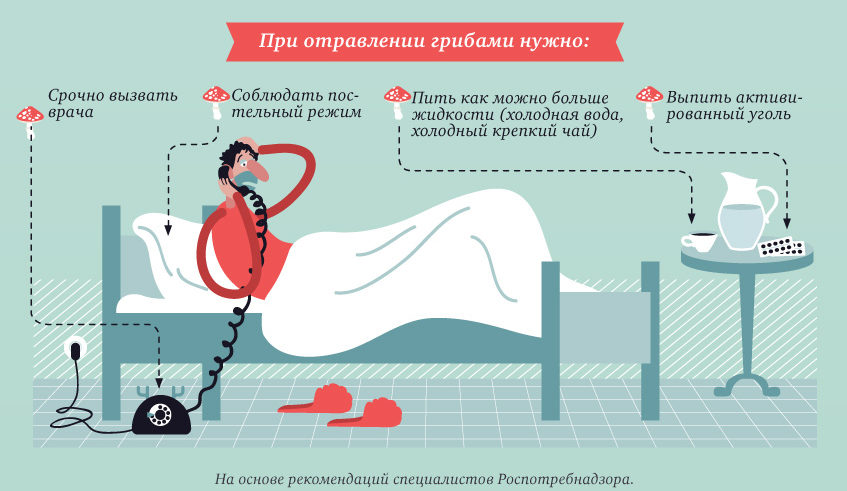
Actions for poisoning with mushrooms - With preserved consciousness and the absence of hemodynamic disturbances, the stomach is washed with a thick probe or vomiting is caused (when the patient is in a clear consciousness). Emetics (Ipecac Syrup, etc.) are not indicated.
If violations of consciousness (stupor, coma) and hemodynamic parameters are recorded, then they are eliminated by the use of resuscitation measures. Gastric lavage is delayed until the patient is hospitalized in a specialized intensive care unit.
The ambulance team conducts such events:
- Oral administration or administration of activated carbon into the stomach through a probe in a mixture with laxatives (Sorbitol). In case of diarrhea, laxatives are not prescribed.
- With the prevalence of symptoms of intoxication with muscarinum, atropine 0.1% is administered at a dose of 1-3 ml to obtain clinical signs of moderate atropination.
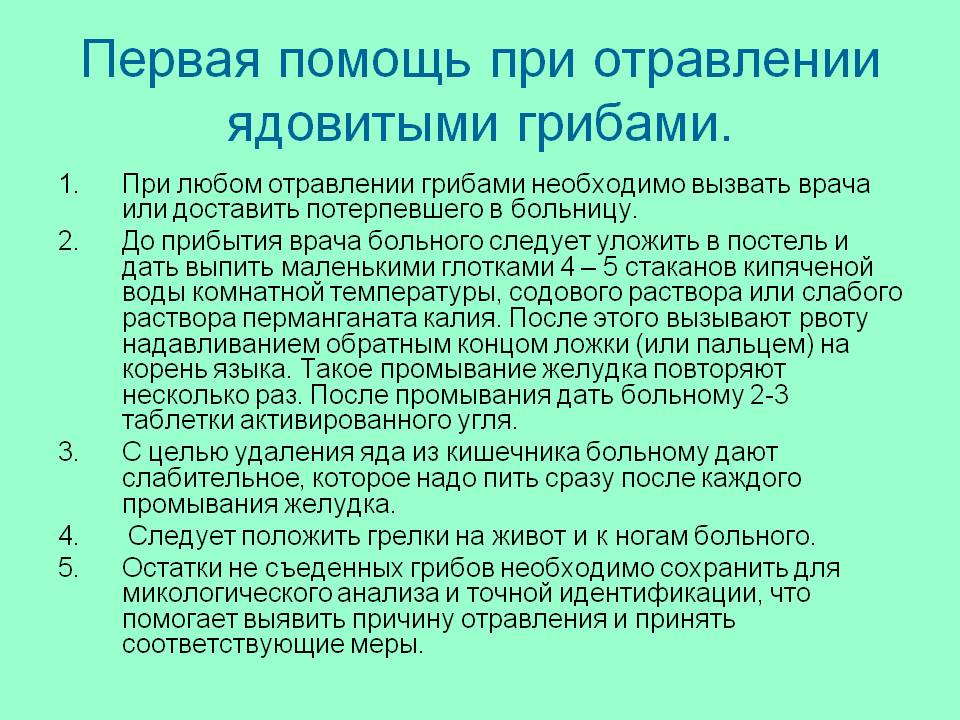
The procedure for the provision of first aid - With the prevalence of symptoms of intoxication, muscaridine as an antidote is prescribed intravenously Physostigmine 0.5-2 mg or Galantamine 0.5-0.75 mg.
- Treatment of convulsive syndrome when it occurs is not much different from conventional therapy in such cases.GABA is administered intravenously at a dose of 100-150 mg / kg or Sibazon (0.5 mg / kg), diphenin 15-20 mg / kg slowly, previously diluted in 50-100 ml of a 0.9% NaCl solution.
- Further, hospitalization in a specialized intensive care unit is necessary.
Further treatment
At the hospital stage, the following set of measures is carried out, which necessarily takes into account everything that was carried out before the patient was admitted to the hospital:
- With unrestored vital functions - the elimination of these disorders.
- With a relapse of the cholinergic syndrome: Atropine 0.1% at 0.001-0.003 mg / kg to manifestations of moderate atropination.
- With the development of the anticholinergic syndrome - Physostigmine repeatedly as needed after 20-30 minutes, Galantamine 0.5-0.75 mg per day in 4 divided doses.

Anticholinergic syndrome - Anticonvulsants - in case of recurrence of seizures (in half doses).
- Infusion therapy: in patients with severe water-electrolyte losses, infusion solutions are bolus at 15-20 ml / kg body weight (0.9% NaCl, Acesol, Disol, Trisol, Ringer, Ringer's lactate, Hartman's solutions), then the therapy is carried out under control diuresis, CVP, turgor and humidity of the skin, mucous membranes, filling of the saphenous veins, data of auscultation of the lungs.
- In the absence of water-electrolyte losses, crystalloids, 3-4% solutions of sodium bicarbonate, HES preparations, Reopoliglyukin, Reosorbilact etc. are prescribed in the future. (up to 40-50 ml per kg per day), with continued vomiting, diarrhea - a corresponding replenishment of the deficiency.
- In the absence of stools stained with accepted activated charcoal, 7-8 hours after the initial intake, re-appointment of a half dose of a laxative.
- With continued vomiting and diarrhea, antiemetic and antidiarrheal agents are not prescribed in order to improve self-cleaning of the stomach and intestines from fungal toxins.
- Symptomatic Therapy
Antidote therapy:
- Benzylpenicillin: 0.5-1 million units / kg / body weight per day for iv during the first three days;
- Silibinin - 20 mg / kg per day orally (in the absence of vomiting) 10-12 days. The daily dose is divided into 3 doses. Silibinin contains the following drugs: Silibor, Carsil, Legalon.
Answers to widespread questions
Summarizing the above data, one should be aware that mushroom poisoning, primarily amanital, in many cases leads to fatal results. A positive outcome depends on the timeliness of seeking medical help, which should be comprehensive and specialized, using the methods of decontamination of the gastric tract, fluid resuscitation, extracorporeal detoxification and early administration of antidote drugs.

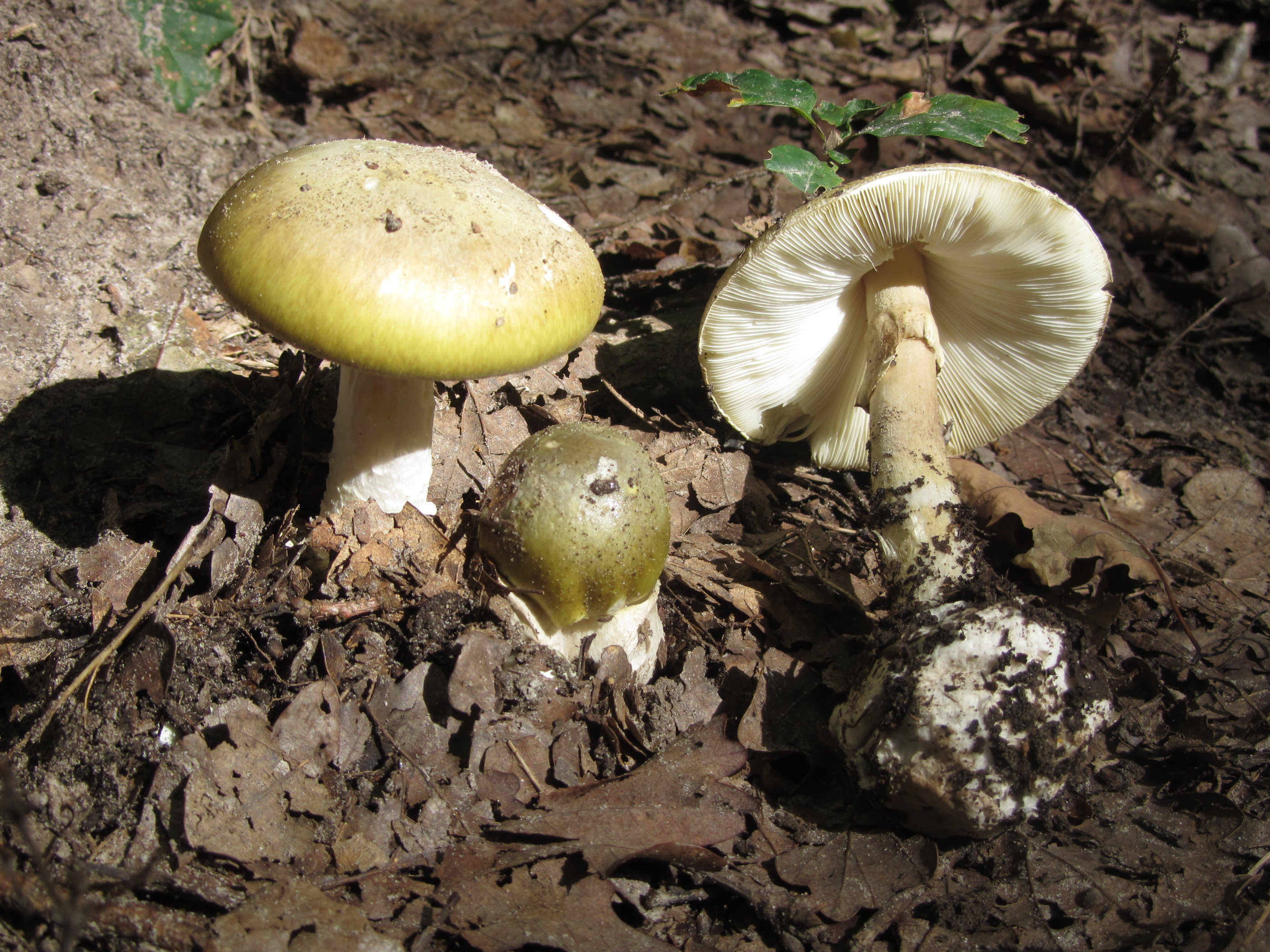
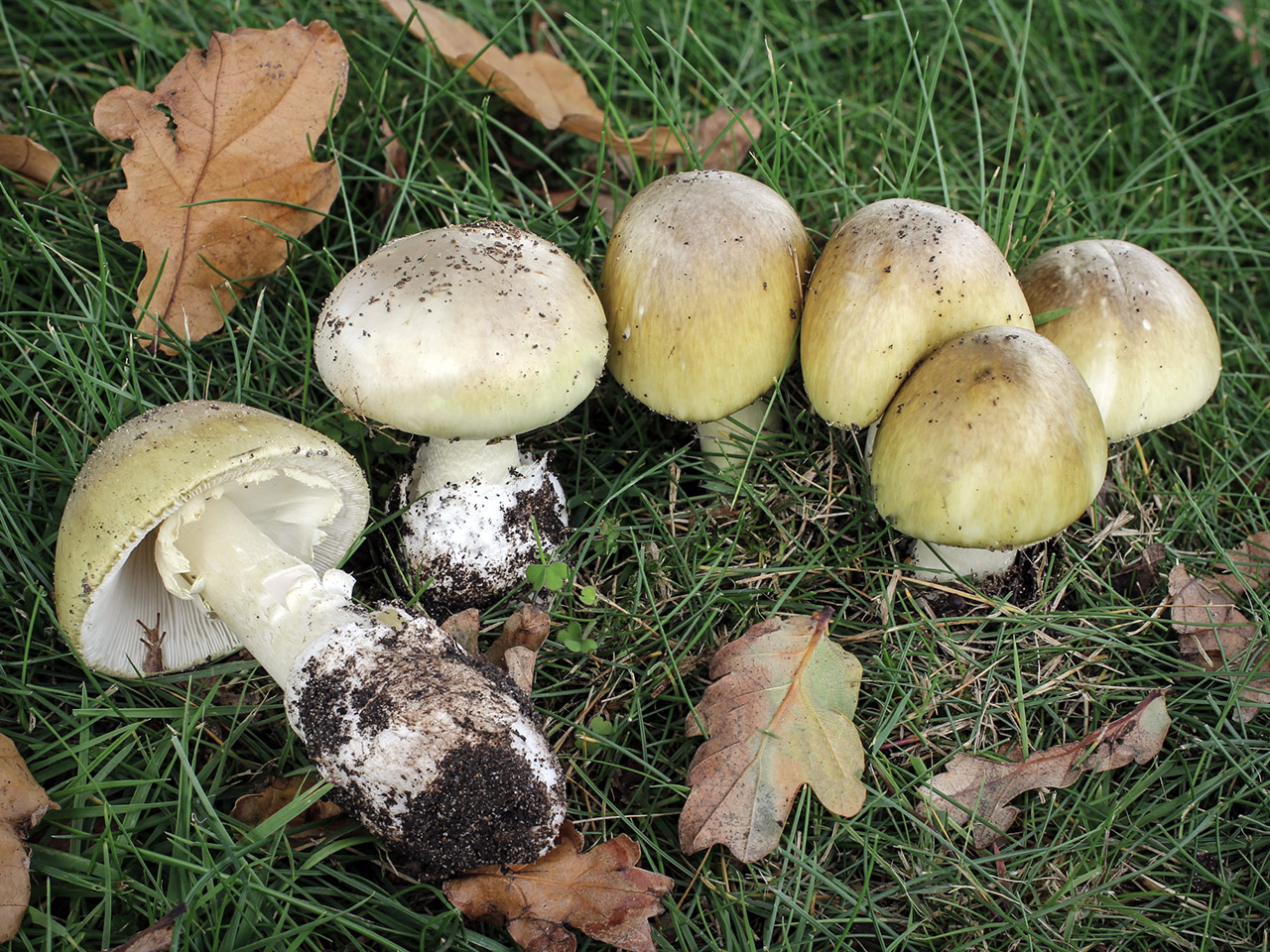
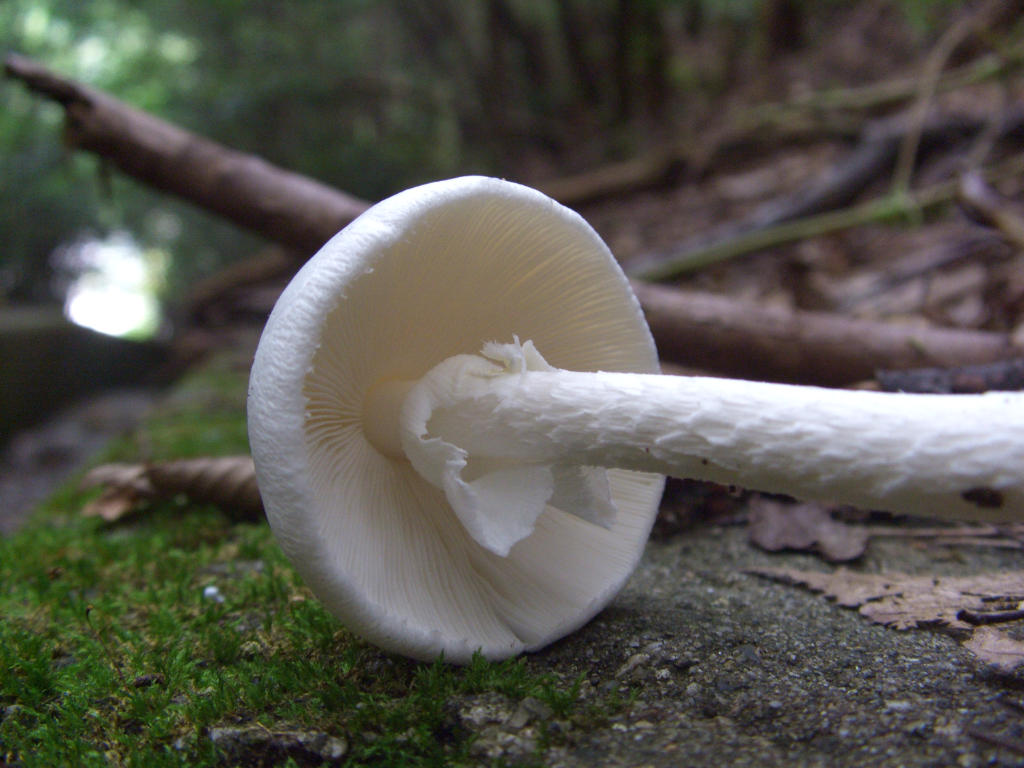
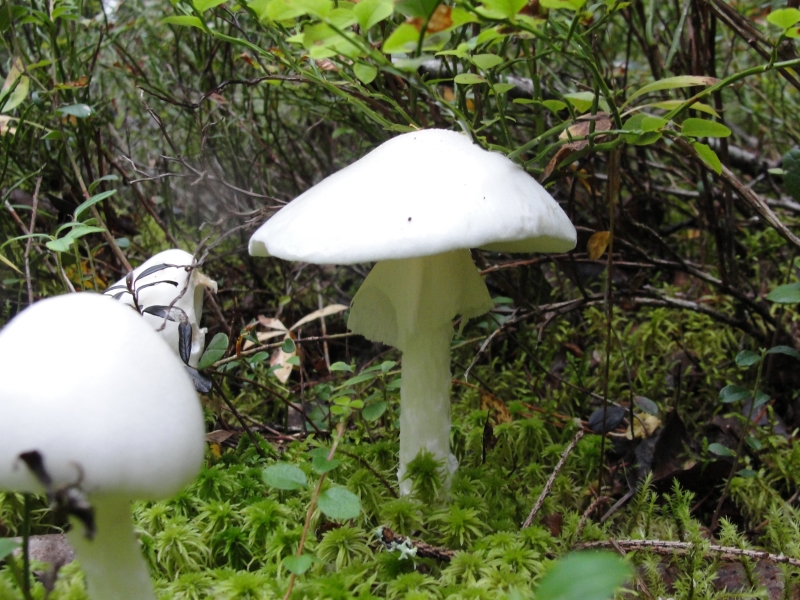
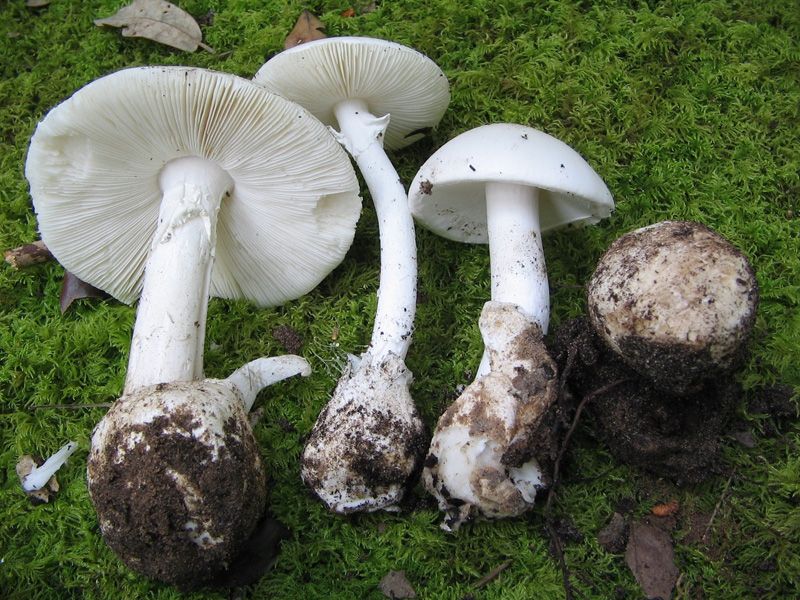
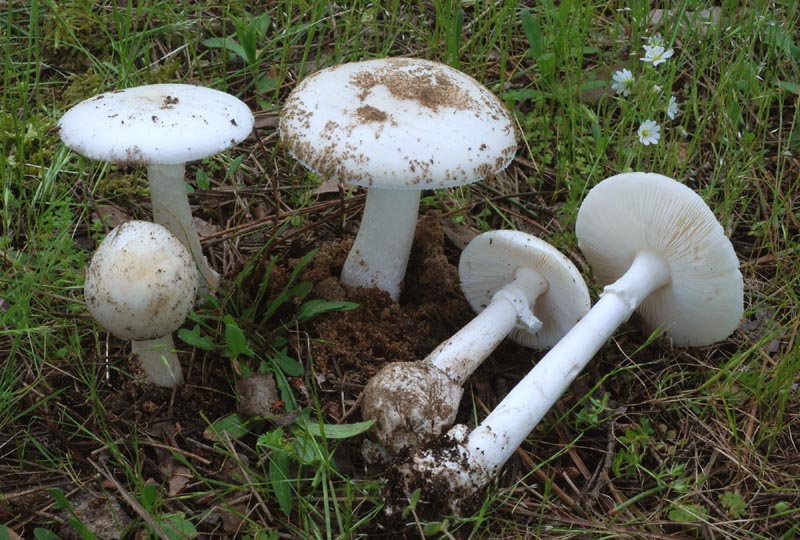
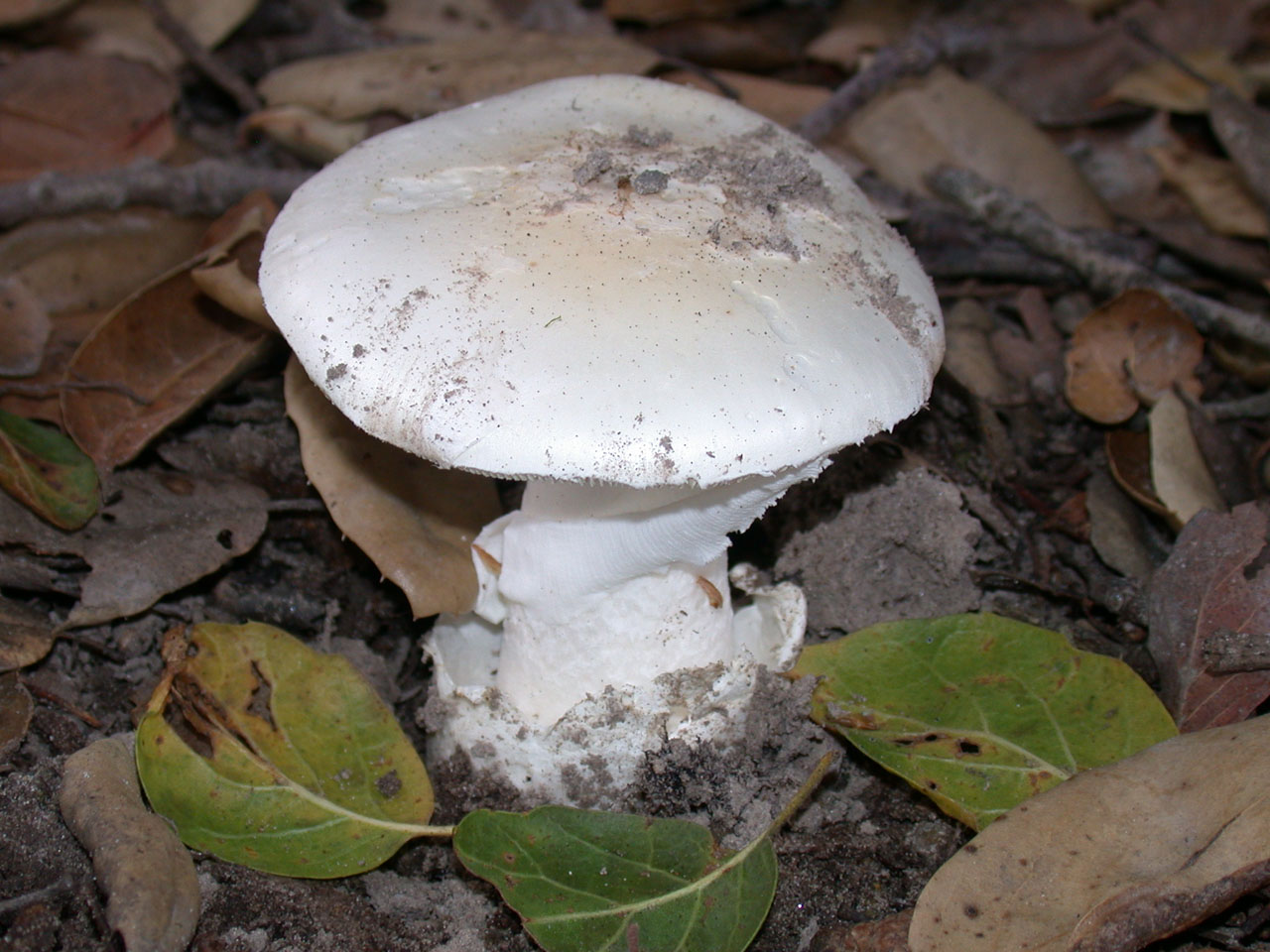
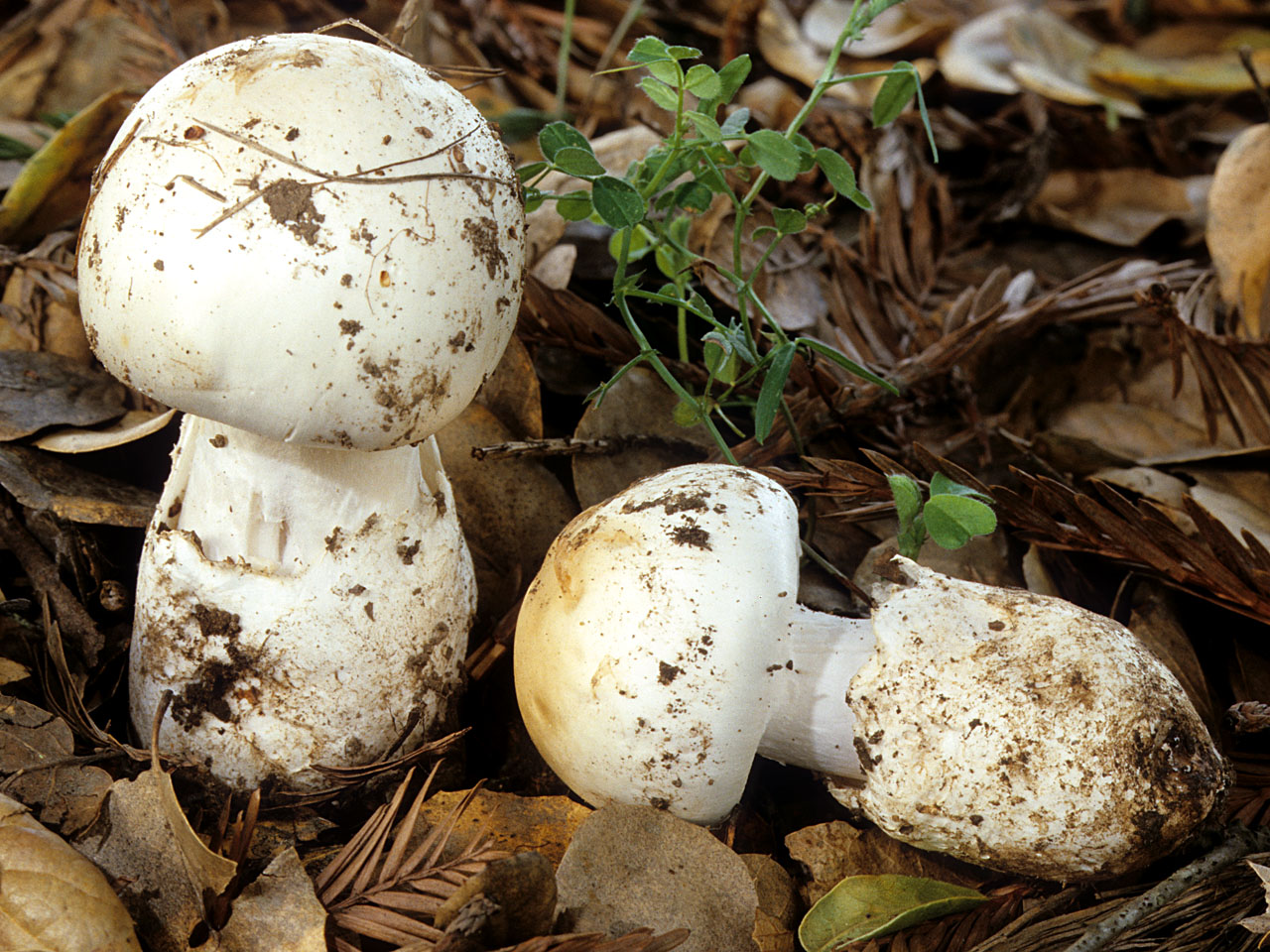
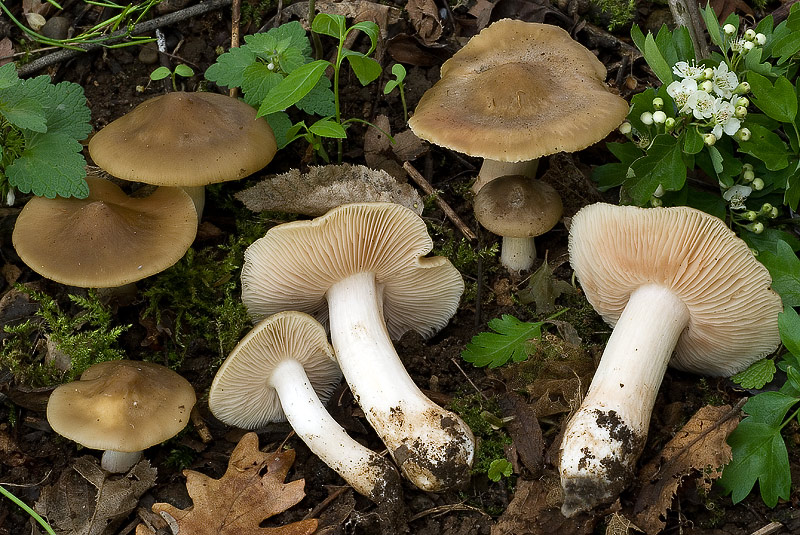
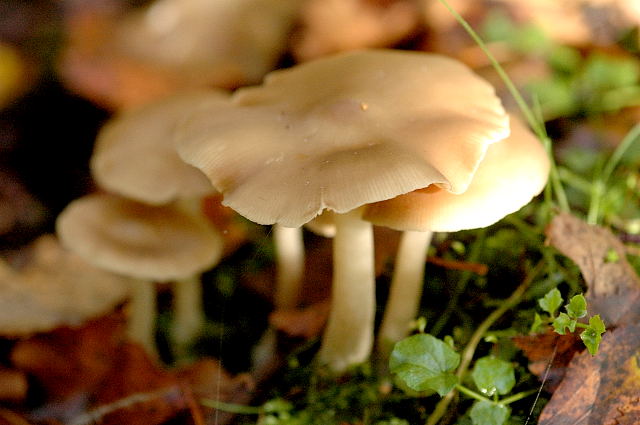
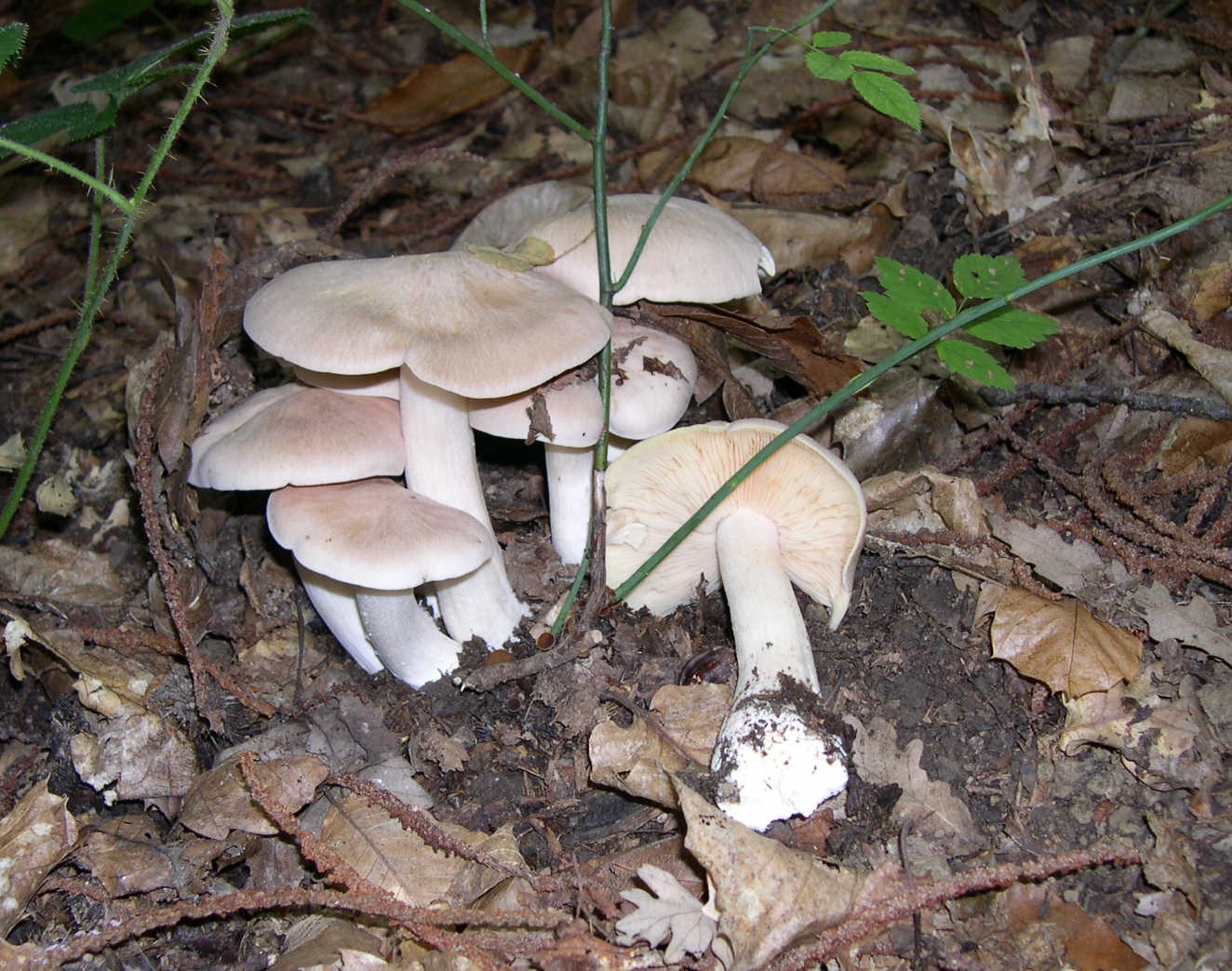
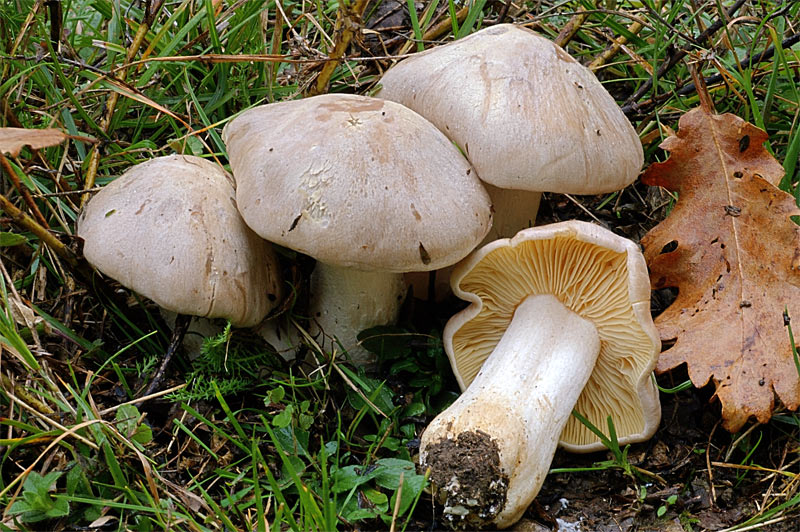
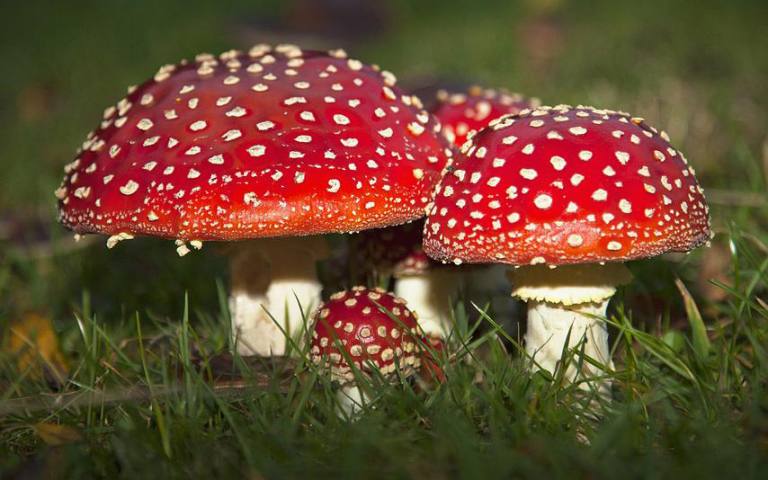
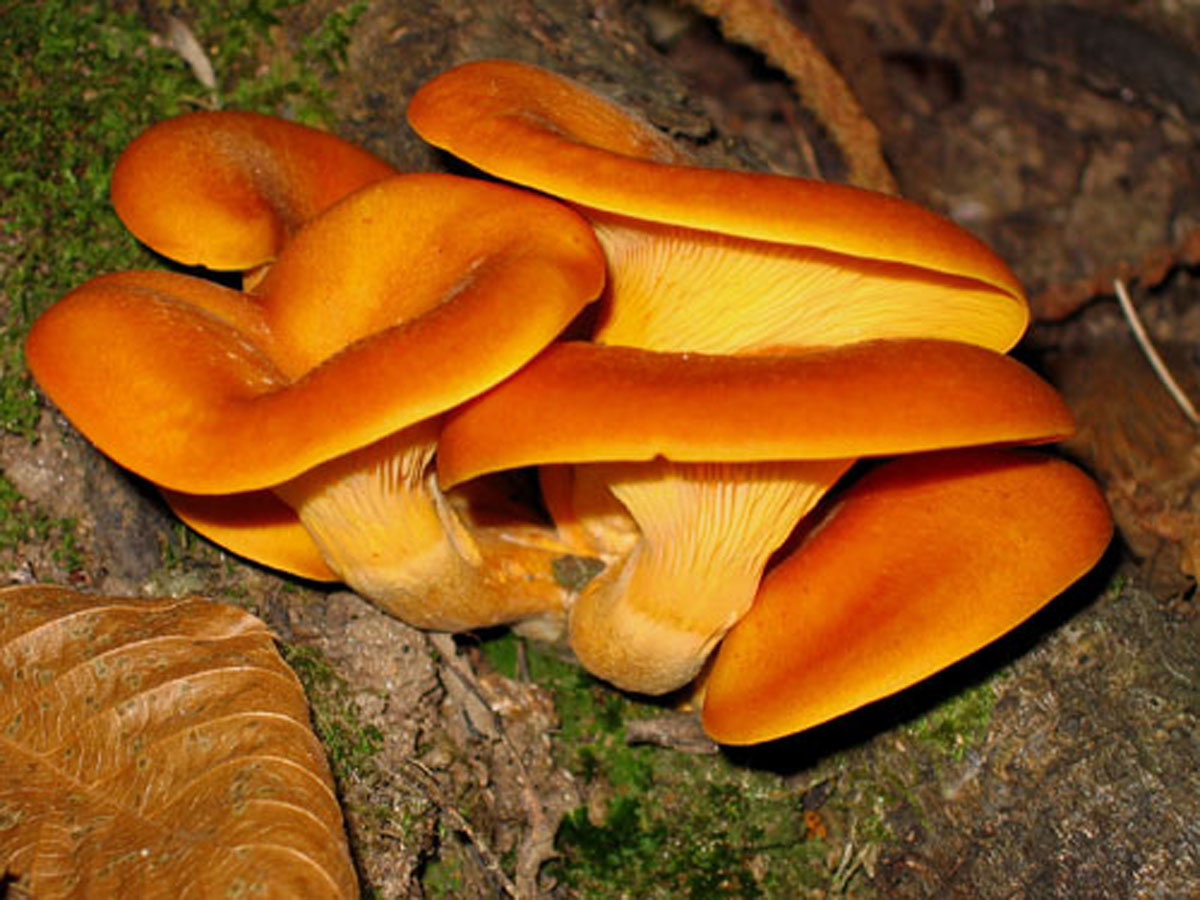
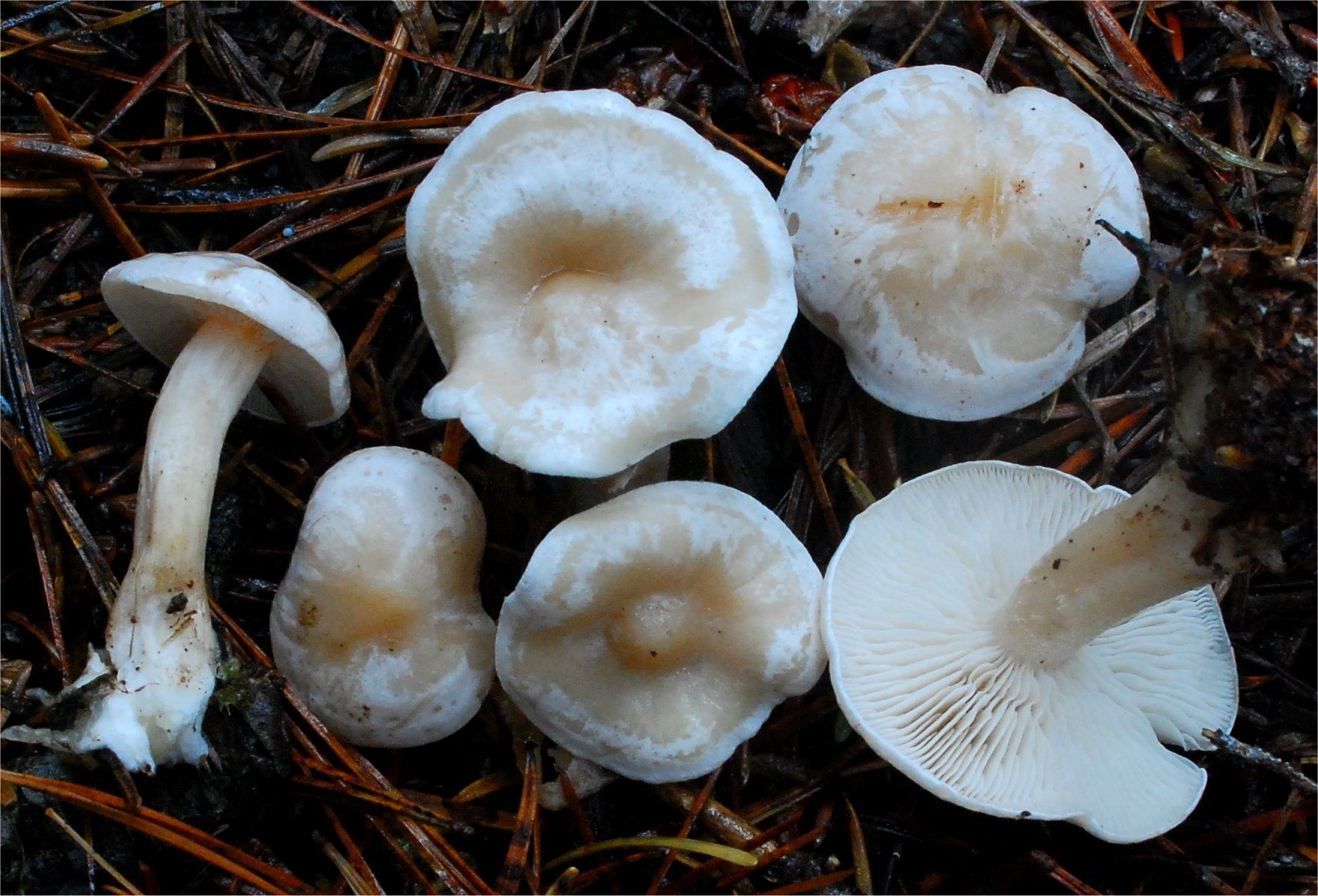



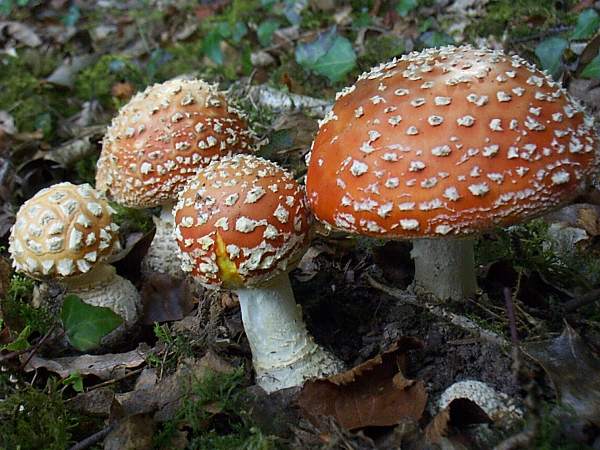
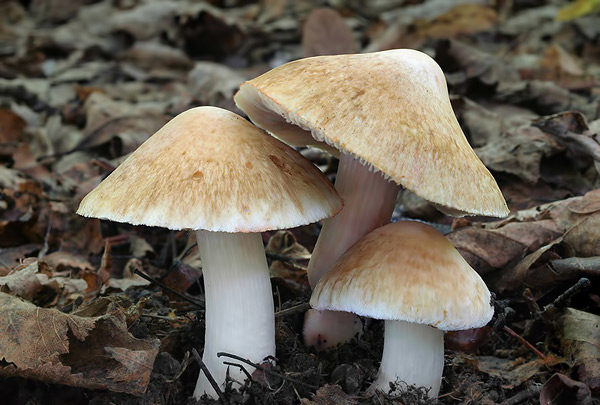
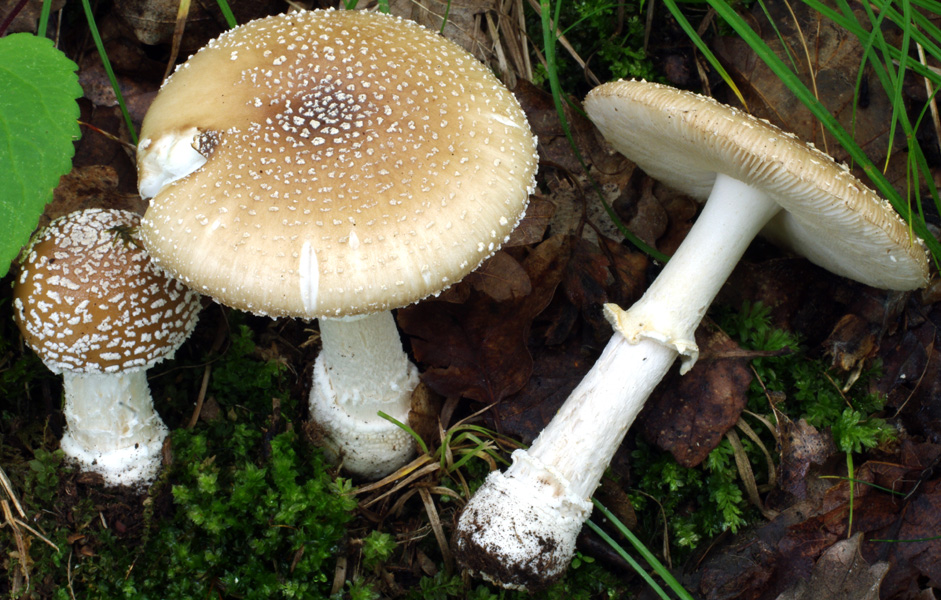
 Care and use of Kombucha at home (+22 photo)
Care and use of Kombucha at home (+22 photo) Edibility of the fungus of the motley umbrella and its description (+19 photo)
Edibility of the fungus of the motley umbrella and its description (+19 photo) Description of edible and inedible oils, their poisonous counterparts (+40 photos)
Description of edible and inedible oils, their poisonous counterparts (+40 photos) Useful properties of milk mushroom and its contraindications (+17 photos)
Useful properties of milk mushroom and its contraindications (+17 photos)